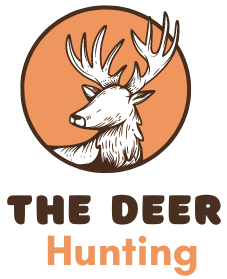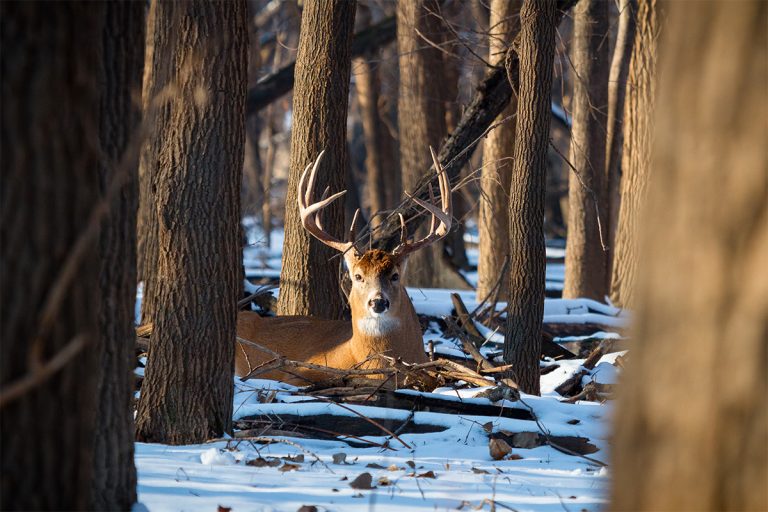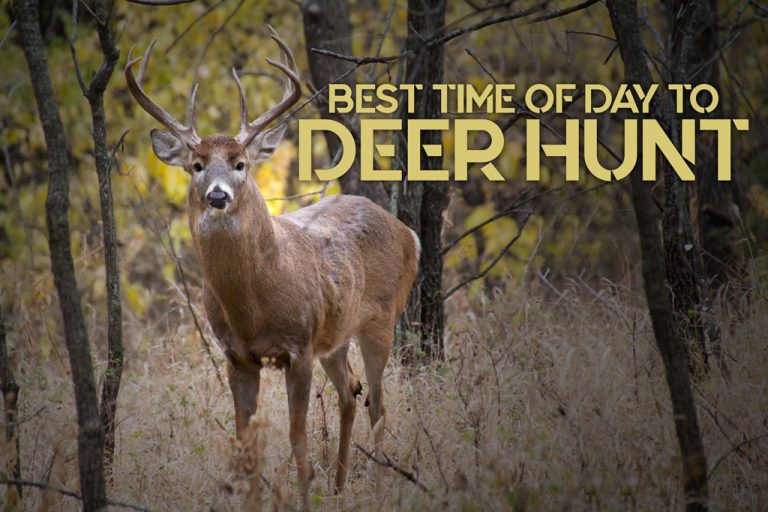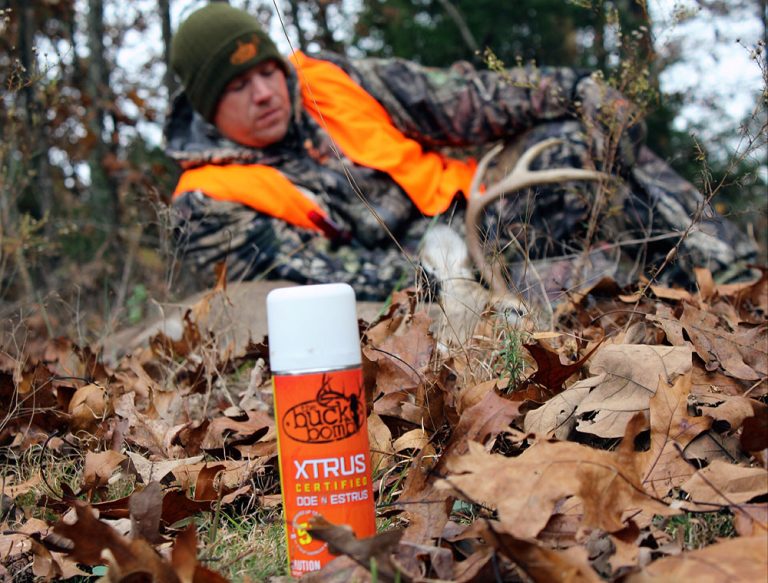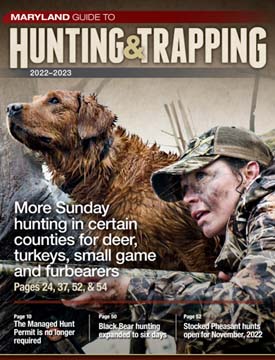How to Process Your Own Deer
To process your own deer, field dress the animal and hang it to bleed out. Then, skin the deer and remove the internal organs before butchering it into desired cuts of meat.
Processing your own deer can be a rewarding experience, providing you with fresh, organic meat for your meals. However, it can also be a daunting task if you’re not familiar with the process. In this article, we’ll guide you through the steps of processing your own deer, from field dressing to butchering.
By following these steps, you’ll be able to ensure that your meat is handled properly and avoid any potential health risks. So, let’s get started!
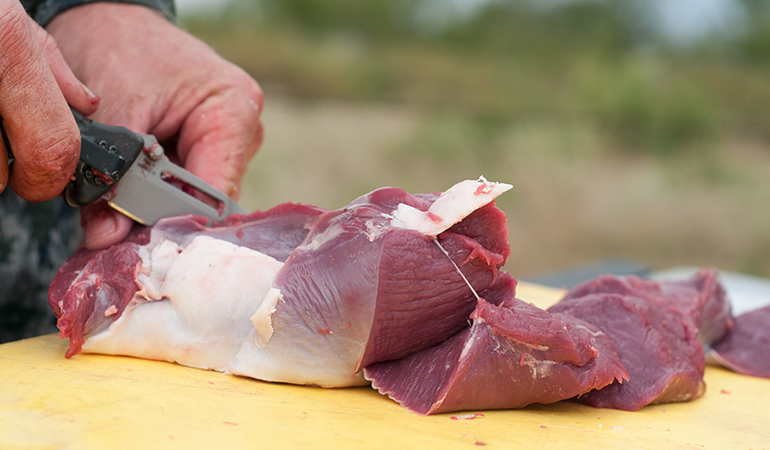
Credit: www.bowhunter.com
The Benefits Of Processing Your Own Deer
Processing your own deer offers several benefits, including better quality meat, cost savings, control over processing, and learning new skills. Processing the deer yourself ensures that you have higher quality meat on your table. It allows you to have control over every step of the process, from harvesting the deer to making the cuts and packaging the meat.
This hands-on approach gives you the opportunity to learn new skills and gain valuable knowledge about butchering and processing. Additionally, processing your own deer can save you money compared to hiring a professional processor. By doing it yourself, you can avoid the cost of paying someone else to process your harvested deer.
Overall, processing your own deer is a rewarding experience that provides better quality meat, cost savings, and an opportunity to learn new skills.
Knives And Sharpening Tools
Knives and sharpening tools are essential for processing your own deer. When choosing the right types of knives, consider ones specifically designed for boning, skinning, and butchering. Proper knife maintenance is crucial to maintain their sharpness. Regularly clean and sharpen your knives to ensure efficient and safe cutting.
Use a sharpening stone or honing rod to keep the blade’s edge keen. Sharpen both sides of the knife with steady strokes, maintaining a consistent angle. Remember to use caution and wear protective gloves while sharpening. By following these tips, you’ll have the right tools and skills to process your own deer effectively.
Cutting Surfaces And Cutting Boards
Cutting surfaces are crucial when it comes to processing your own deer. They provide the ideal platform for safe and efficient cutting. Different types of cutting surfaces are available, each with its own unique benefits. Choosing the right cutting board is equally important.
Consider factors such as material, size, and durability. Opt for a cutting board that is easy to clean and resistant to stains and odors. Wooden cutting boards are a popular choice due to their natural beauty and longevity. Plastic cutting boards, on the other hand, are more affordable and dishwasher safe.
Ultimately, select a cutting board that suits your needs and preferences. With the right cutting surfaces and cutting board, you can process your deer with ease and precision.
Meat Processing Tools And Equipment
Meat processing tools and equipment are essential for successfully processing your own deer. A grinder is one important tool you’ll need, allowing you to easily grind the meat for various recipes. A sausage stuffer is another useful equipment, helping you create homemade sausages with different flavors and textures.
A meat slicer comes in handy for precise cutting and slicing of the meat into desired thickness. Lastly, a vacuum sealer is crucial to ensure proper packaging and storage of the processed meat, keeping it fresh for longer periods. These essential tools and equipment make the deer processing experience efficient and enjoyable, allowing you to customize your cuts and have control over the quality of your meat.
Field-Dressing The Deer
Field-dressing a deer requires certain tools. These include a sharp knife, bone saw, latex gloves, and plastic bags. Before you begin, make sure to have these items prepared. Now, let’s move on to the step-by-step process. Start by placing the deer on its back and locating the sternum.
Use the knife to make an incision from the sternum to the pelvis. Then, carefully remove the organs, being mindful not to puncture anything. Once the organs are removed, inspect the carcass for any remaining debris. To prevent spoilage, cool the meat as soon as possible.
Finally, place the deer in a plastic bag and transport it to a cooler or butcher. Following these steps will help you process your own deer successfully.
Skinning The Deer
Skinning the deer is a crucial step in the process of preparing your own deer. To start, gather all the necessary tools, such as a sharp knife and a sturdy surface. Next, position the deer on its back, ensuring it is secure to avoid any accidents.
It is important to make an incision from the base of the neck to the bottom of the belly, taking care not to pierce the intestines. After this, slowly and carefully peel off the skin, using the knife to separate the skin from the meat.
Once the skin is removed, it can be preserved for further use or discarded. Remember to maintain a steady pace and exercise caution throughout the process to avoid any injuries.
Butchering The Deer
Butchering the deer requires breaking down the animal into primal cuts and then trimming and deboning them. This process can be accomplished by following some key steps. First, start by removing the legs at the joints, separating them into front and hindquarters.
Next, separate the ribs from the spine, allowing you to access the tenderloins. Then, remove the backstraps by cutting alongside the spine. After that, divide the hindquarters into sirloin and round roasts. Lastly, trim off excess fat and connective tissue and debone the cuts as needed.
By carefully following these instructions, you can process your own deer in a way that ensures you get the best cuts of meat for your culinary creations.
Processing The Meat
Processing your own deer meat is a rewarding skill every hunter should learn. When it comes to processing the meat, grinding it is a crucial step. Here, you can turn the trimmed meat into ground venison for various recipes. After grinding the meat, you can also explore other options like making sausages and jerky.
Sausages give you a chance to experiment with flavors and spices, while jerky offers a tasty and portable snack. Once you have prepared the meat, the next step is slicing it. Properly slice the venison to create steaks and roasts that are easy to cook and enjoy.
Finally, vacuum sealing the meat ensures its freshness and prolongs its shelf life. With these steps, you can become skilled at processing your own deer and enjoy the delicious rewards it brings.
Packaging And Wrapping Techniques
Packaging and wrapping your own deer is a crucial step in the processing process. Choosing the right packaging materials is essential to keep the meat fresh and free from contamination. Proper wrapping techniques can also prevent freezer burn, ensuring that the meat retains its quality.
When it comes to packaging materials, opt for vacuum-sealed bags or heavy-duty freezer paper. These materials provide a barrier against air and moisture, keeping the meat fresh for a longer period. When wrapping the meat, make sure to remove any excess air from the packaging to prevent freezer burn.
Additionally, label each package with the date and cut of meat for easy identification later on. With the right packaging and wrapping techniques, you can enjoy high-quality, flavorful deer meat throughout the year.
Storing And Organizing The Meat In The Freezer
Storing and organizing deer meat in the freezer requires following best practices for freezer storage. To effectively keep your frozen meat organized, here are some helpful tips. Firstly, label each package with the type of meat and the date it was processed.
This will make it easier to select the meat you want without defrosting everything. Secondly, create a system for organizing the meat. You can use stackable storage bins or freezer-safe bags to group similar cuts together. Additionally, consider utilizing shelves or dividers to separate different categories of meat.
Moreover, it’s crucial to maintain a consistent temperature in your freezer. Check the temperature regularly and ensure it is set at or below 0°f (-18°c). Lastly, rotate your meat inventory to avoid freezer burn and prioritize using older meat first.
These practices will help you efficiently store and organize your deer meat in the freezer, ensuring it remains fresh and delicious.
Personal Protective Equipment (Ppe)
Personal protective equipment (ppe) is crucial when it comes to processing your own deer. Using ppe is important as it helps protect you from potential hazards. When handling raw meat, it’s essential to wear gloves to avoid cross-contamination. Safety glasses or goggles safeguard your eyes from flying debris or fluids.
A sturdy apron and boots shield your clothing and feet from stains and potential injuries. Additionally, a face mask and hairnet prevent any hair or respiratory particles from contaminating the meat. By using the recommended ppe for meat processing, you ensure both your safety and the quality of the final product.
Remember, protecting yourself is just as important as the processing itself. So, always prioritize using appropriate ppe to minimize any risks.
Proper Cleaning And Sanitization
Properly cleaning and sanitizing work surfaces and tools is crucial for processing your own deer. Start by wiping down all surfaces with a disinfectant solution. Thoroughly wash knives, cutting boards, and other tools with hot, soapy water. Rinse them well and allow them to air dry.
Remember to regularly disinfect your work area during the process to prevent cross-contamination. When handling raw meat, always use clean gloves and wash your hands frequently. Dispose of any leftover scraps and bones properly to avoid attracting pests. By following these steps, you can ensure the safety of your meat and maintain a hygienic environment throughout the deer processing journey.
Food Safety Considerations
Food safety considerations are crucial when processing your own deer. Understanding and preventing foodborne illnesses is essential. It’s important to know the safe minimum internal temperatures for different types of meat. Be cautious and avoid using commonly overused words and phrases.
Keep sentences short and concise to enhance readability and maintain the reader’s interest. Remember to write in an active voice and use a variety of phrases at the beginning of paragraphs. By adhering to these guidelines, you can create seo-friendly content that is unique, easy to understand, and free from plagiarism.
So go ahead and process your own deer with confidence, knowing that you’ve taken the necessary precautions.
Frequently Asked Questions On How To Process Your Own Deer
How Do You Field Dress A Deer?
– field dressing a deer involves removing the internal organs to preserve the meat and prevent spoilage. Start by making an incision from the base of the rib cage to the pelvic bone. Carefully remove the organs, being cautious not to puncture the intestines, and dispose of them properly.
What Tools Do You Need To Process A Deer?
– to process a deer, you’ll need a set of sharp knives, a bone saw, a meat grinder or processor, a scale, and food-grade plastic wrap or freezer bags for packaging the meat. Having a sturdy work surface or a deer processing table will also be helpful.
How Long Should You Hang A Deer Before Processing?
– it is recommended to hang a deer for up to 7 to 10 days before processing. Hanging allows the meat to age and tenderize, enhancing the flavor. Make sure to hang the deer in a cool, well-ventilated area, ideally between 34°f and 40°f (1°c and 4°c).
Conclusion
To wrap it up, learning how to process your own deer can be a rewarding and cost-effective way to enjoy the fruits of your hunting labor. By following these step-by-step instructions, you can ensure that every part of the deer is utilized, minimizing waste and maximizing the amount of delicious venison that fills your freezer.
From field dressing to butchering and packaging, the process may seem daunting at first, but with practice and the right tools, it can become second nature. Remember to always prioritize safety and cleanliness throughout the entire process to ensure the quality and taste of your meat.
Whether you’re a seasoned hunter looking to take control of the entire process or a beginner wanting to deepen your connection to your catch, processing your own deer can be a highly rewarding experience. Enjoy the satisfaction of knowing exactly where your meat comes from and the delicious meals that await you.
Happy processing!
